Passivation
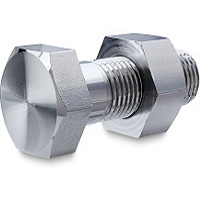
Although stainless steel is known to be a corrosion resistant alloy, it can become reactive after subjected to certain manufacturing applications such as machining or shot peening. These operations can remove the passive oxide layer thereby exposing iron or transferring iron onto the surface. Passivation is a process used to remove ‘free’ iron from the surface of the stainless steel and render it inactive. The process is performed by first chemically cleaning the stainless steel to remove any soils, oil, and machining lubricants to produce a clean surface. Then the stainless steel is immersed into an acid solution, sometimes fortified with an oxidizer, to dissolve away the free iron and its compounds. This results in the formation of an ‘unreactive’, protective chromium oxide barrier which prevents oxygen and moisture from reaching the iron underneath.
| Specification | Specification Description | Company |
|---|---|---|
| QQ-P-35 | Passivate | Curtis Wright |
| AMS 2700 TY 2,6,8 CL 1,2,3,4 | Passivate | General Electric |
| ASTM A380 | Passivate | General Electric |
| P4-TE5B | Passivate | General Electric |
| QQ-P-35 | Passivate | General Electric |
| ASTM A 380 | Passivate | Goodrich |
| ASTM A 967 | Passivate | Goodrich |
| QQ-P-35 | Passivate | Goodrich |
| 91547-P6401 | Passivate | Honeywell |
| 91547-P6402 | Passivate | Honeywell |
| AMS-QQ-P-35 | Passivate | Honeywell |
| ASTM A967 | Passivate | Honeywell |
| C5041 | Passivate | Honeywell |
| GPS3000-1 | Passivate | Honeywell |
| LHP6010 | Passivate | Honeywell |
| AMS 2700 TY 2,6,8 CL 1,2,3,4 | Passivate | Messier Dowty |
| AMS 2700 | ACS-PRS-2203 | Northrop Grumman |
| AMS 2700 TY 2,6,8, CL 1,2,3,4 | Passivation Treatments for Corrosion-Resistant Steel | Northrop Grumman |
| AMS 2700 TY 2,6,8 CL 1,2,3,4 | Passivate | Parker Hannifin |
| AMS-QQ-P-35 | Passivate | Parker Hannifin |
| AMS 2700 TY 2,6,8 CL 1,2,3,4 | Passivate | Pratt & Whitney / Raytheon |
| PWA AP1025 | Passivate | Pratt & Whitney / Raytheon |
| SS 8435 | Passivate | Sikorsky |
| AMS 2700 TY 2,6,8 CL 1,2,3,4 | Passivate | UTC Aerospace Sys. - Collins Aerospace |
| AMS-QQ-P-35 | Passivate | UTC Aerospace Sys. - Collins Aerospace |
| ASTM A-967 (NITRIC ACID TREATMENT) | Passivate | UTC Aerospace Sys. - Collins Aerospace |
| ASTM A380 | Passivate | UTC Aerospace Sys. - Collins Aerospace |
| CP 14.10 | Passivate | UTC Aerospace Sys. - Collins Aerospace |
| HS 178 CATA | Passivate | UTC Aerospace Sys. - Collins Aerospace |
| MIL-S-5002 | Passivate | UTC Aerospace Sys. - Collins Aerospace |
| PN 14.10 | Passivation of CRES | UTC Aerospace Sys. - Collins Aerospace |
| QQ-P-35 | Passivate | UTC Aerospace Sys. - Collins Aerospace |
| RPS 15.00-AMS 2700 Method 1 Type 2, 6 & 8 | Passivate | UTC Aerospace Sys. - Collins Aerospace |
| AMS 2700 | T 408 Engine Program | Various |
| AMS 2700 Class All, Method 2 | Passivation of Corrosion Resistant Steels | Various |
| AMS 2700 Ty 2,6,8, Class All, Method 1 | Passivate | Various |
| ASTM A380/A380M Code F,G,H | Passivate | Various |
| ASTM A967/A967M Nitric 1,2,4 / Citric 1,4 / Practices B,C,D | Passivate | Various |
| ASTM-A-967 Citric 2 | Chemical Passivation Treatments for Stainless Steel Parts | Various |
 Anodizing
Anodizing Cadmium Plating
Cadmium Plating Chemical Film Treatment
Chemical Film Treatment Chrome Plating
Chrome Plating Dry Film Lubricant
Dry Film Lubricant Electroless Nickel Plating
Electroless Nickel Plating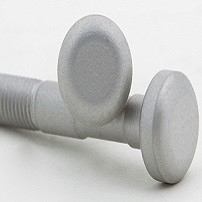 High Temp Aluminum Coating
High Temp Aluminum Coating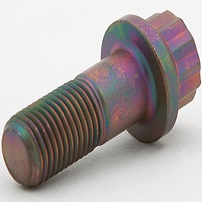 Nickel Cadmium Plating
Nickel Cadmium Plating Nickel Plating
Nickel Plating Phosphate
Phosphate Prime and Paint
Prime and Paint Silver Plating
Silver Plating Strip and Blast
Strip and Blast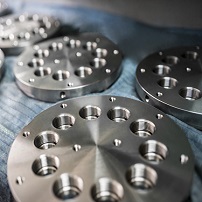 Titanium Clean
Titanium Clean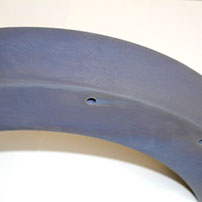 Zinc Nickel Plating
Zinc Nickel Plating





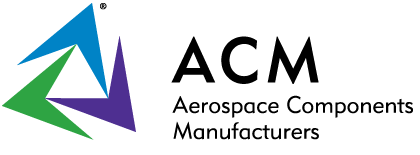

 Chemical Processing
Chemical Processing

